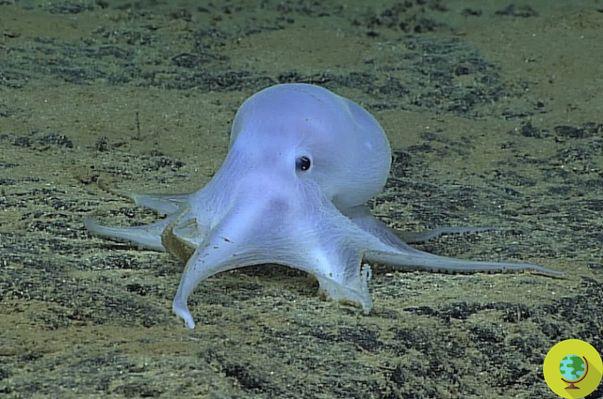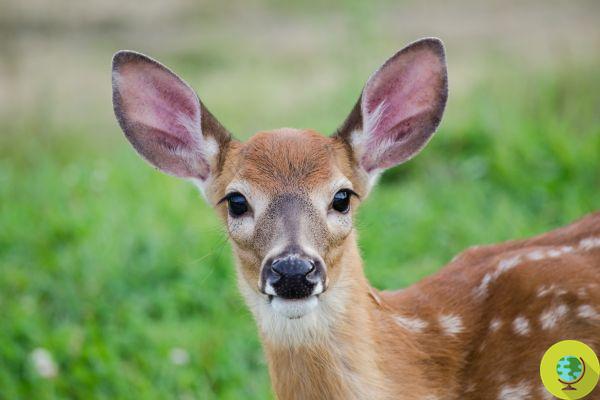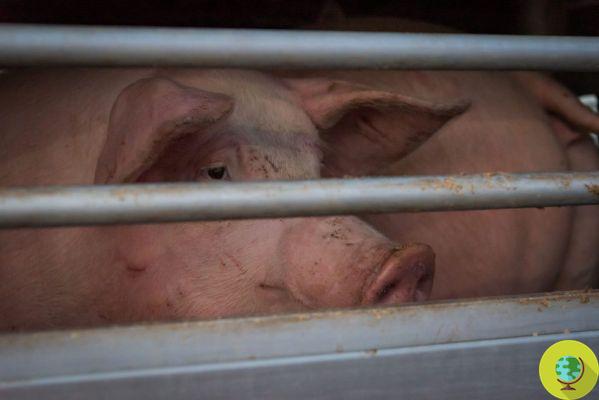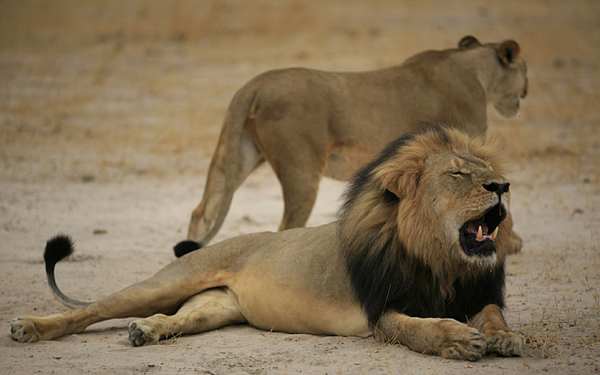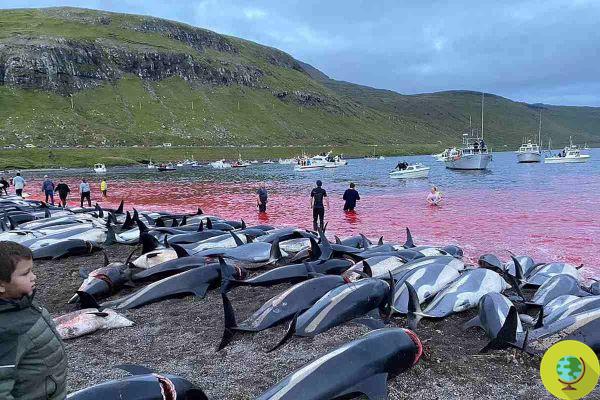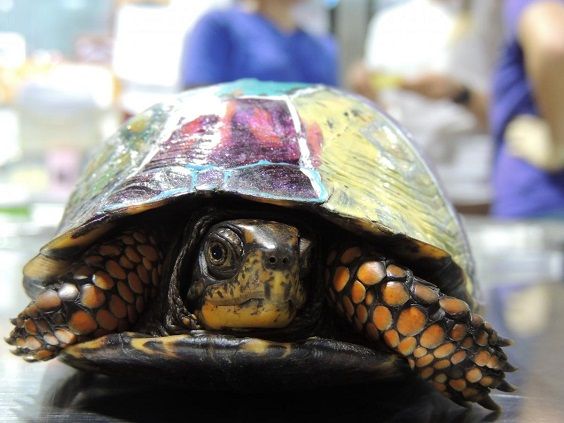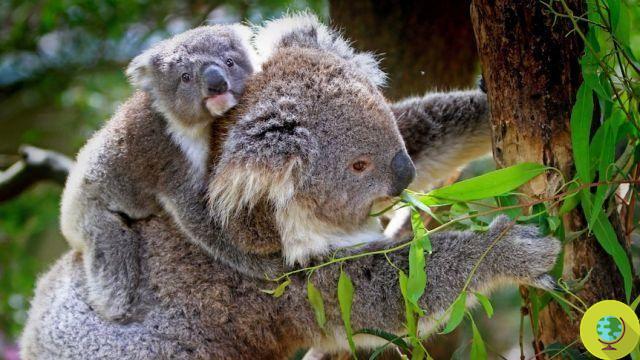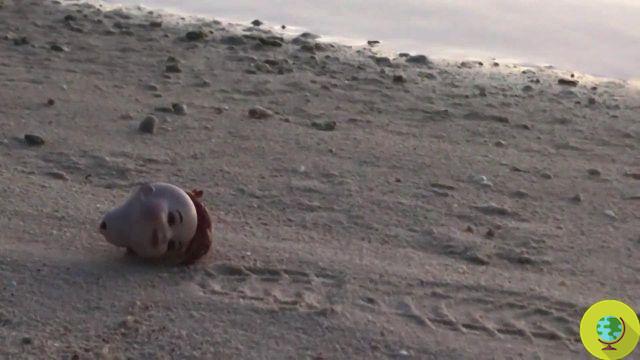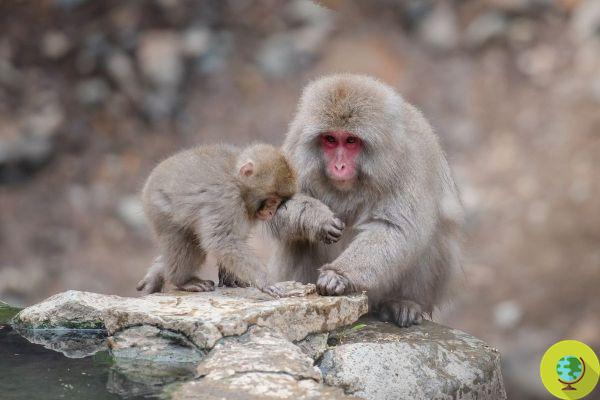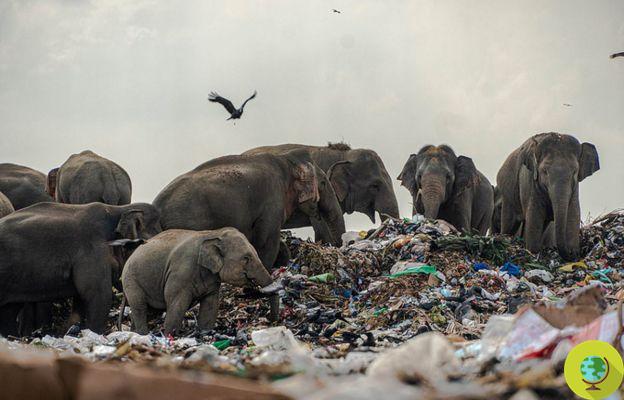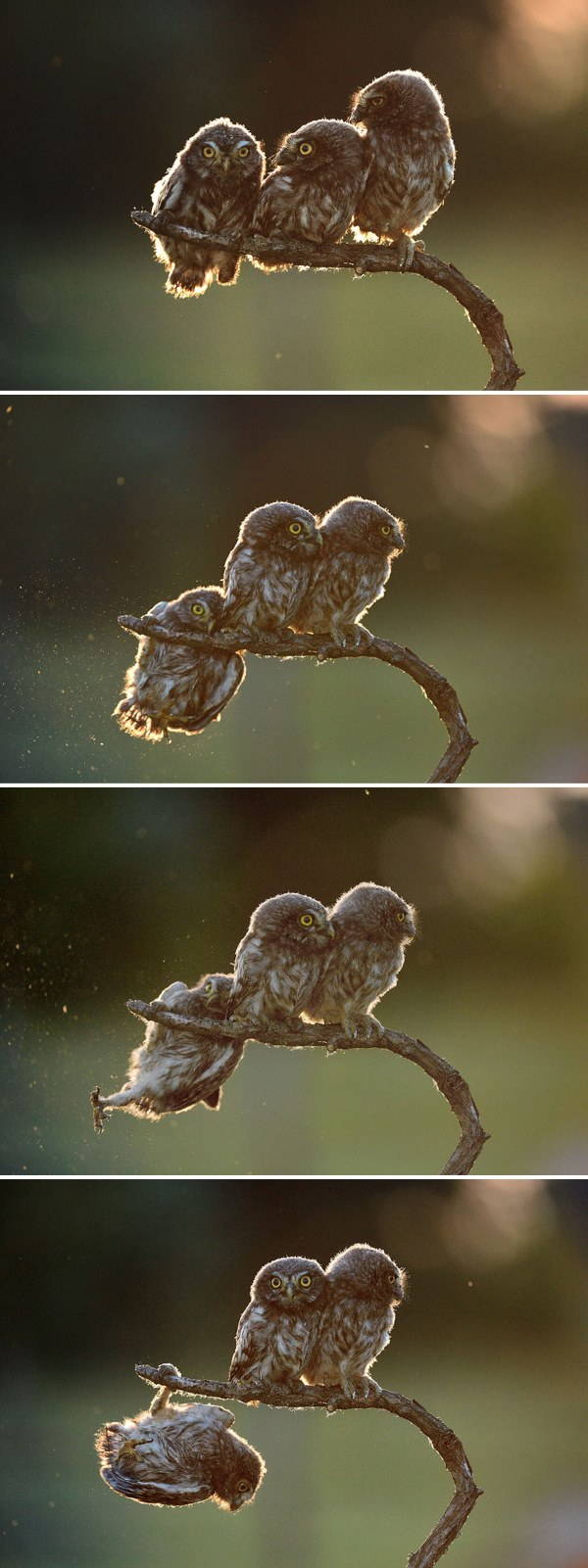Polar bears are in danger of disappearing by 2100 due to climate change. A disturbing and possible hypothesis. The new study in Nature
Polar bears are in danger of disappearing by 2100 due to climate change. A hypothesis as disturbing as possible. To outline it was a new study conducted by Polar Bear Internationale and published in Nature.
According to the research, in some regions the reduction of sea ice has already created a vicious circle: by decreasing the ice, the time that bears have to go hunting for seals is also reduced. As a result, the drop in their body weight reduces the chances of surviving Arctic winters without food.
Polar bears forced to become cannibals (and it's our fault too)
A systematic review
According to current trends, the polar bears of 12 subpopulations out of the 13 analyzed will be 80ths within 2100 years if climate change continues at the current rate, according to the study. In other words, the current plummeting greenhouse gas emissions, reproduction and survival will compromise the persistence of nearly all Arctic subpopulations by XNUMX. Plus, the Arctic is warming twice as fast as the rest. planet as a whole.
The decline in global polar bear populations has long been predicted with the loss of sea ice. But the study calculated "risk timelines" for bears by exploring two alternative futures with different levels of greenhouse gas emissions and atmospheric CO2 concentrations. In any case, even if greenhouse gas emissions continue at their current rate, all but a few polar bear populations are likely to collapse by 2100.
“We knew that polar bears would eventually disappear if we didn't stop the increase in greenhouse gases. But knowing when they will start disappearing in different areas is critical to inform policy and inspire action, ”said Dr. Steven Amstrup, who conceived the project and is a co-author of the study. Amstrup is chief scientist of Polar Bears International and a professor in the Department of Zoology and Physiology at the University of Wyoming.
"We have found that moderate reductions in emissions can prolong global persistence, but are unlikely to prevent the disappearance of several populations, underscoring the urgency of more ambitious emissions cuts."
Polar bears need sea ice to capture their seal prey. Prolonged periods of fasting have been linked to reduced body weight, and impaired reproduction and survival in some polar bear populations.
By estimating their weight and modeling their energy use, the scientists were able to calculate the number of days they can fast before the survival rates of puppies and adults begin to decline.
"By 2100, new births will be severely compromised or impossible everywhere except perhaps in the subpopulation of Queen Elizabeth Island," in the Canadian Arctic archipelago, the study authors explain.
This scenario predicts that the average temperature of the earth's surface will rise by 3,3 degrees from pre-industrial levels. So far one degree of warming has triggered a crescendo of more destructive heat waves, droughts and weather phenomena, as well as rising seas. But even if humanity were able to limit global warming to 2,4 ° C - about half a degree above the goals of the Paris Agreement, but still extremely ambitious - it would likely only delay the collapse of polar bears.
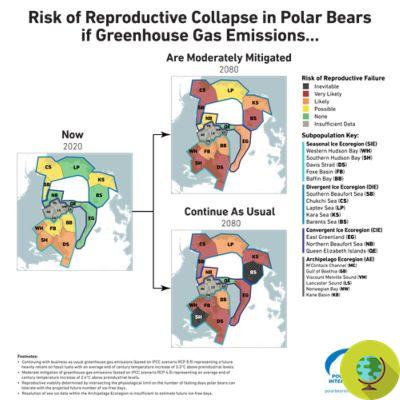
© Polar Bears International
“Polar bears have long been considered to be harbingers of symptoms of climate change that will impact all life, including human life. We know that floods, droughts and fires will become more frequent and severe as the world continues to warm, but the timing for such events are difficult to predict. The coronavirus pandemic is a reminder of how vital it is for our governments to take necessary action, even when the threat timeline seems uncertain. Showing how imminent the threat to different polar bear populations is is another reminder that urges us to act now to avoid the worst future problems we all face, ”said Dr. Amstrup.
https://www.youtube.com/watch?v=gmrAiq_3uZM
We are literally killing them.
Sources of reference: PolarBears International, Nature
READ also:
The sad images of polar bears playing with plastic waste in Alaska
Within 35 years, 30% of polar bears could disappear







